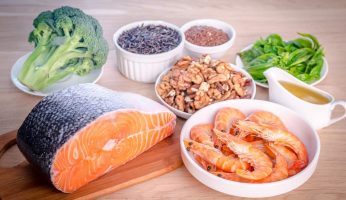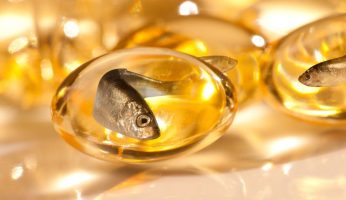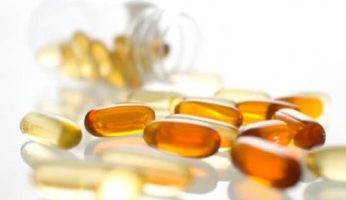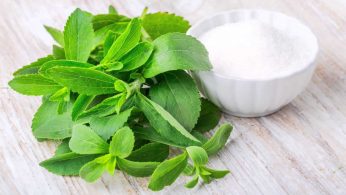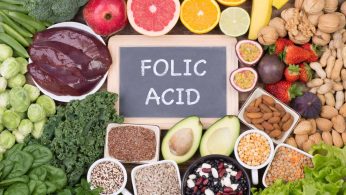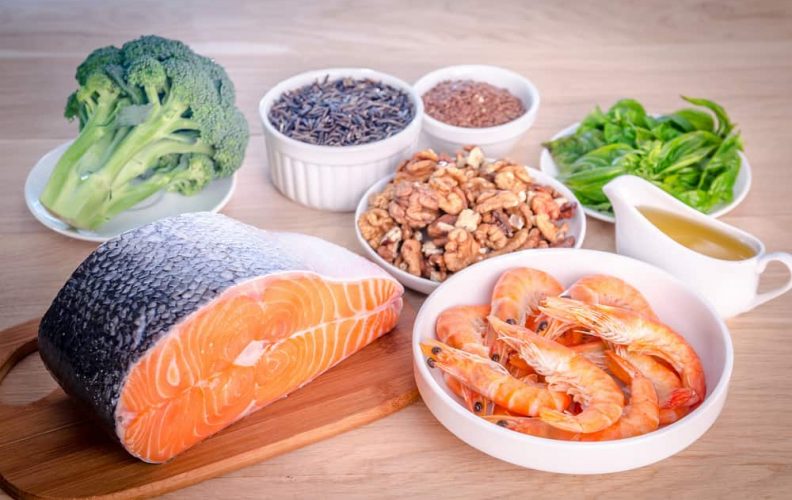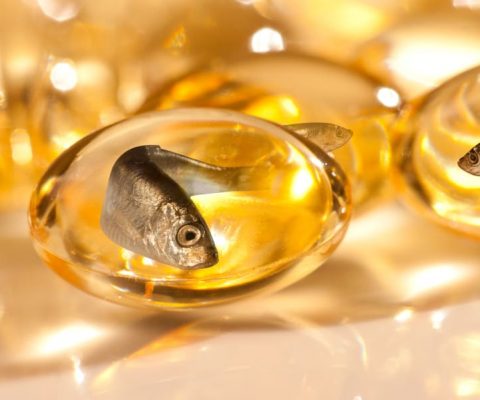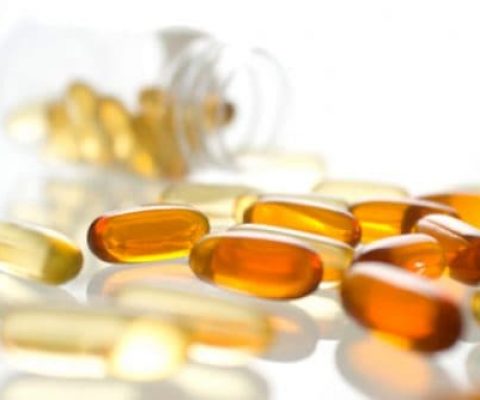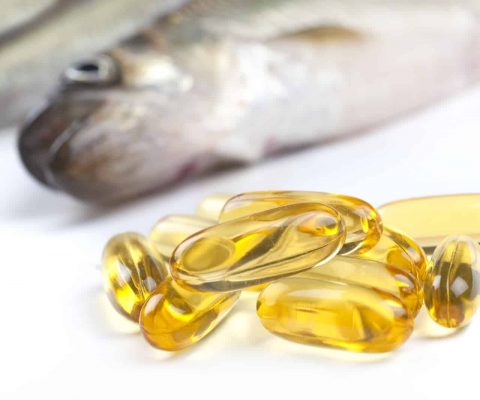Red Yeast Rice vs Statins: Is One Better Than the Other for Reducing Cholesterol?
Disclosure: We use affiliate links and may receive a small commission on purchases.
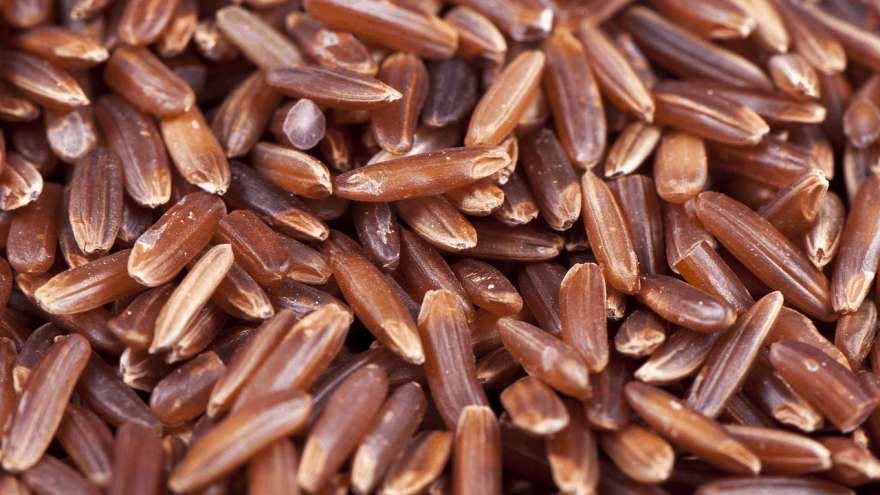 Red Yeast Rice vs Statins: Is One Better Than the Other for Reducing Cholesterol?
thefitbay.com
Red Yeast Rice vs Statins: Is One Better Than the Other for Reducing Cholesterol?
thefitbay.com
Red yeast rice has been a dietary staple for many years in Asia. It has also played an important role in traditional Chinese medicine.
Red yeast rice supplements have now become a popular supplement for people in the Western world looking for an alternative to statins. Is there any truth behind the claim that red yeast rice reduces cholesterol, and is it any better than taking prescribed medication?
When comparing statins vs red yeast rice, we’ll be looking at:
- What is red yeast rice?
- What are the different forms of red yeast rice?
- What are statins?
- The differences between red yeast rice and statins.
- Whether red yeast rice is safer than statins.
- What science has to say about them both.
What Is Red Yeast Rice?

In China, red yeast rice, also known as Went Yeast, has been used for hundreds of years as a medicine and a food supplement. Manufacturers make it by fermenting a type of yeast (Monascus purpureus) over rice. (1) The rice used is white to start with, but after they have cultivated it with the mold, it takes on a bright reddish-purple color.
Practitioners of traditional Chinese medicine use it to reduce cholesterol, improve digestion, and improve the circulation of your blood. In the late 1970s, they developed red yeast rice as a dietary supplement.
Researchers discovered that monacolin K and lovastatin were the same. Different strains of the Monascus fungus could produce monacolins of varying amounts.
Summary
Red yeast rice products have been used for centuries in traditional Chinese medicine. It contains the same compound found in lovastatin.
Red Yeast Rice in Different Forms
You can purchase this herbal supplement in several forms. In Asia, it is popular to take it in powder form, often sprinkled over food.
You can also purchase it in the form of a capsule, tablet, tea, tincture, and in a topical form. Avoid taking several forms of red yeast rice at the same time because this makes the dosage difficult to monitor. Taking it in different forms also increases the risk of overdosing.
What Are Statins?
Statins are a group of medicines prescribed to patients suffering from high levels of low-density lipoprotein (LDL) cholesterol in the blood. As well as lowering bad cholesterol levels, they lower triglycerides, which are another type of blood fat. Statin medicines also raise the levels of good cholesterol (HDL).
There are several statins, including:
- Fluvastatin (Lescol).
- Lovastatin.
- Pitavastatin (Livalo).
- Atorvastatin (Lipitor).
- Pravastatin (Pravachol).
- Simvastatin (Zocor).
- Rosuvastatin (Crestor).
If you have high LDL cholesterol levels in your blood, it can be dangerous for your health. Its presence can lead to narrowing and hardening of your arteries. This, in turn, increases your risk of developing atherosclerosis and cardiovascular disease.
The main types of cardiovascular disease are:
- Stroke.
- Heart attacks.
- Coronary heart disease.
- Angina.
If you take statin drugs in tablet form, it’s typically once a day. A health practitioner will prescribe them for life because your cholesterol is likely to return to a high level if you stop taking them.
Summary
Statins are a drug prescribed for patients with high cholesterol. It can help lower the levels of bad cholesterol (LDL) while raising levels of good cholesterol.
What’s the Difference Between Red Yeast Rice and Statins?
Red yeast rice and statins are similar in that they both contain monacolin K. Yeast rice products, however, contain several other compounds, whereas statin medications typically contain just the one active ingredient.
Having a mixture of several compounds means that the red yeast rice interacts with the body more smoothly, and you have a reduced chance of it causing toxicity.
Statins block the substance in your liver that your body needs to produce cholesterol. They are highly effective for many people, but they have some side effects.
Some of the most common include:
- Muscle pain and damage: This is one of the most common side effects for patients taking statins. The pain can be mild, but it can also be so severe that it makes many daily activities difficult.
- Liver damage: Using statin drugs can cause an increase in the level of enzymes leading to liver inflammation.
- Increased blood sugar or type 2 diabetes: There is a small risk that taking statins can lead to an increase in blood glucose, which could lead to type 2 diabetes.
- Memory loss or confusion: This is a possible side effect, but there is limited evidence to prove that it is the statins that have caused the problem.
Does red yeast rice also have side effects? Because it contains chemicals that are the same as the prescription drug statin, red yeast rice might also cause side effects similar to the drugs. These include muscle damage, pain, and liver damage. (2)
There have also been some concerns about the quality of red yeast rice supplements. The amount of the statin-type chemicals differs, with some products containing very little and others none at all. They have also found supplements with seriously high amounts, which can be dangerous.
Another problem with red yeast rice is that if it’s fermented incorrectly, it could contain citrinin. This poison could cause damage to your kidneys.
Is Red Yeast Rice Safer Than Taking Statins?
Doctors prescribe many Americans statin drugs, but instances of fatigue, muscle pain, and gastrointestinal upset are limiting their use. (3)
Rice products are now being recommended for patients who cannot tolerate statins. Several studies have taken place, and while red yeast rice performs equally well with regards to lowering cholesterol, symptoms of muscle pain are much lower for patients taking red yeast rice. (4)
Summary
The effectiveness of red yeast rice and statins in reducing cholesterol is very similar. Red yeast rice, however, has a lower instance of side effects such as muscle pain.
What Does Science Say About the Effectiveness of Red Yeast Rice?
Research is ongoing in relation to the effectiveness of red yeast rice. They have found it can be effective in reducing levels of LDL cholesterol.
2015 Review of Recent Studies
In 2015, a systematic review was made of 20 different studies looking into the lipid-lowering ability of red yeast rice and whether there were any adverse effects when using it. The studies took place over a period of four weeks. They compared red yeast rice with a low-dose statin, a placebo, and another drug. (5)
The amount of monacolin K in the red yeast rice supplements ranged between 2.4 milligrams and 24 milligrams. Over 6,600 people took part in these studies, more than a third of which took part in the Chinese Coronary Secondary Prevention Study. Most of the other studies that were reviewed were also conducted in China.
The length of the individual studies ranged from 2 to 6 months. However, the study conducted by the CCSPS took place over 3 years.
The review concluded that red yeast rice was better than the placebo at lowering LDL cholesterol.
Concerning the negative effects of taking red yeast rice, it was generally tolerated, and those taking the supplement were less likely to develop symptoms of myalgia.
2017 Analysis of the Levels of Monacolin in Selected Products
One thing that’s worrying many healthcare professionals is that there is such a variability in the strength of red yeast supplements that people buy. In 2017, researchers at the University of Mississippi and Harvard University purchased 28 brands of red yeast rice to determine how much monacolin K these products contained. (6)
The results were very worrying. Two of the brands contained no monacolin at all. Of the other samples, 26 contained monacolin, but the amounts ranged considerably. A handful of the products contained more of the active ingredient than the FDA considers a legal amount for a supplement.
There was no information on any of the supplements letting consumers know how much monacolin K was contained in them. This meant that potentially, consumers could get many times more than they needed or none at all.
Summary
Many studies have taken place regarding the effectiveness of red yeast rice if you want to lower your cholesterol. Difficulties arise, however, because there’s no way of knowing the levels of monacolin contained in the product.
There are Many Benefits to Taking Red Yeast Rice But There Can be Complications
Studies have shown that red yeast rice is very effective if you want to reduce your LDL cholesterol. There are possible side effects, but the risk of these is lower than taking statins.
What is worrying, however, is that there needs to be more regulation relating to the manufacture of this dietary supplement. Labeling and dosage instructions also need addressing. This would safeguard consumers, ensure the supplements being taken are effective and prevent overdose.

